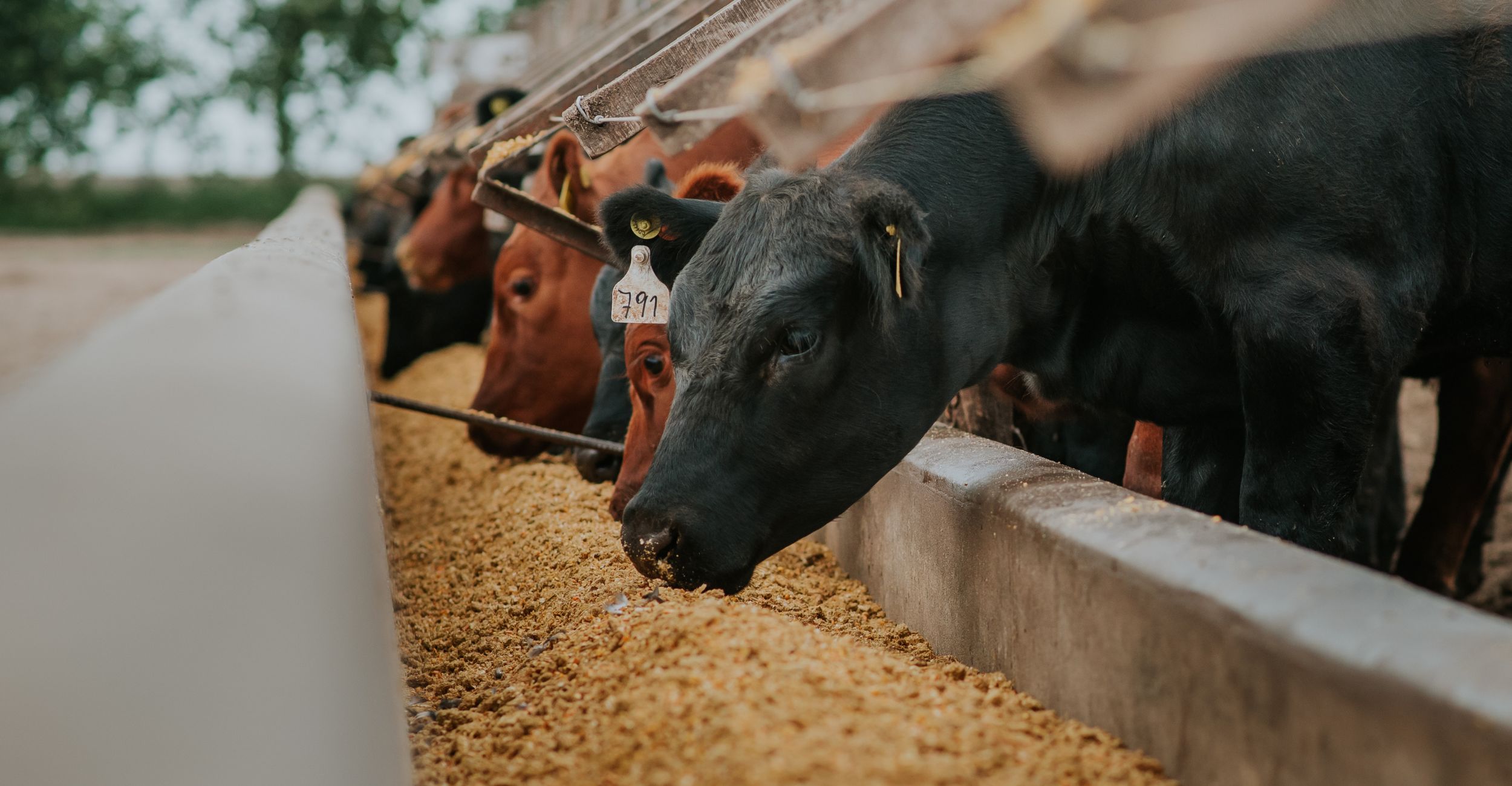
Livestock biosecurity can prevent disease on farms and ranches
Tuesday, July 23, 2024
Media Contact: Kinsey Reed | Communications Specialist | 405-744-6740 | kinsey.reed@okstate.edu
Biosecurity is a key component to animal health and disease prevention on any livestock farm. It's also the most important measure to reduce and prevent diseases from spreading to any farm or ranch.
Dr. Rosslyn Biggs, Oklahoma State University College of Veterinary Medicine clinical assistant professor and beef cattle extension specialist, emphasized the importance of biosecurity.
“Biosecurity measures are critical in safeguarding livestock health and productivity by minimizing the risk of infectious diseases,” Biggs said.
Wildlife can serve as reservoirs for infectious agents that present threats to livestock health. Diseases transmitted from wildlife can lead to illness, economic losses and even public health concerns. Implementing effective biosecurity strategies is essential to mitigate the transmission of diseases from wildlife to cattle.
Biggs stated that when considering which practices to implement, disease risk assessments in coordination with a veterinarian should take place and recognition of the need for biodiversity on the operation must be considered. Basic biosecurity measures can assist producers in limiting disease risks including those posed by wildlife interactions.
Livestock should be monitored daily, and any signs of illness should be documented. Not allowing unauthorized cattle on your farm or ranch is important when trying to limit exposure.
Any abnormal or unusual signs of illness or death, including those seen in wildlife, should be reported to the operation’s veterinarian and animal health officials. Abnormal and unusual signs to look for include, but are not limited to loss of appetite, low-grade fever, nasal discharge, abortions, neurologic deficits, or death.
Protecting livestock health against wildlife-borne diseases requires an everchanging, multifaceted approach that combines practical and economically feasible management strategies.
By implementing operation-specific biosecurity measures tailored to the risks posed by wildlife, producers can mitigate disease transmission, promote animal welfare and create environmentally sustainable production systems.
Biggs said managing wildlife populations at appropriate levels can promote both good biosecurity and environmental health if disease risk is considered. Consulting with local, state and federal wildlife entities, such as U.S. Fish & Wildlife, USDA APHIS Wildlife Services, and state agriculture and wildlife departments, is advised to fully understand current populations and acceptable legal measures to address wildlife.
By having vital biosecurity practices in place, the spread of various wildlife infectious diseases can be limited.
If someone notices any abnormal symptoms in their herd, please contact a local veterinarian.
